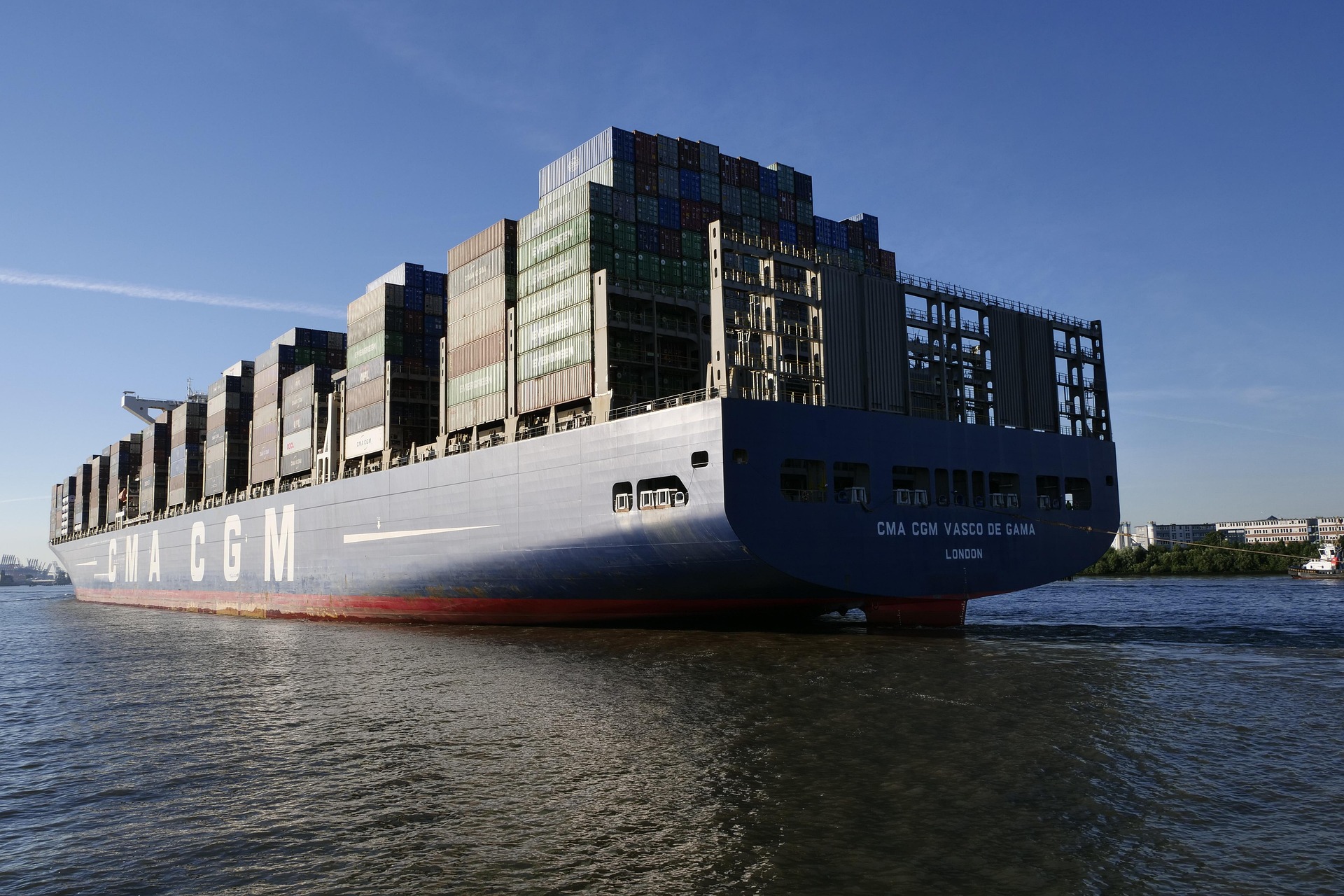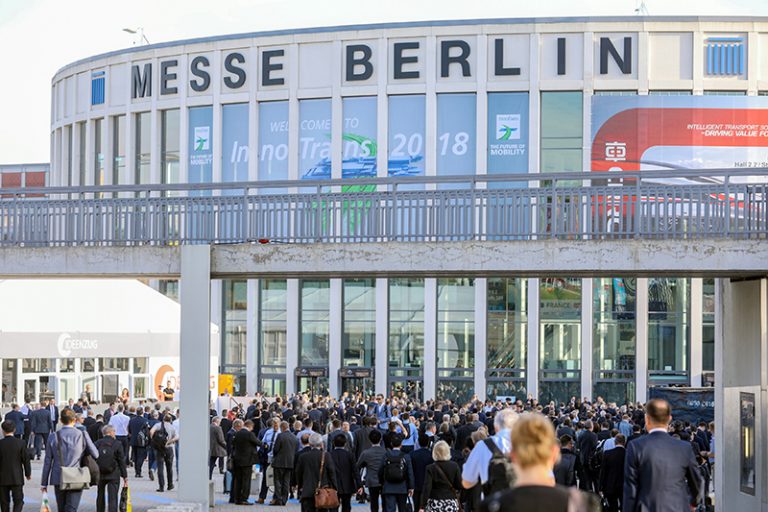In a nutshell:
Sea-lane security is quietly shifting to a multipolar, coalition-based model—U.S. still pivotal, but EU, India, Japan and Gulf states are taking on larger roles as firms adapt with dynamic routing and risk‑priced insurance.
Commercial power is spreading via port and logistics investments—China’s Indo‑Pacific‑to‑Mediterranean network, Gulf and African hubs, and South Asian upgrades are creating more routing options and resilient transshipment capacity.
For business, the edge is optionality: diversify suppliers and routes, adopt fuel‑flexible/low‑carbon fleets and digital scheduling, and treat maritime risk as a managed portfolio—Europe is one exposed node, but opportunities are global.
The world’s sea lanes are being reshaped not by a single shock but by a slow, cumulative shift in capability, investment, and risk management. The result is a more multipolar maritime environment that is challenging long‑held assumptions about who guarantees security, which ports anchor global networks, and how cargo moves when chokepoints falter. For business, the message is less about looming crisis and more about optionality: diversification of routes, partners, and insurance is becoming a competitive advantage.
The most visible catalyst for change has been episodic disruption around major straits and canals. Since late 2023, attacks on merchant shipping in and near the Red Sea periodically rerouted Asia–Europe traffic around the Cape of Good Hope, adding time and cost but also accelerating operational innovation. Shipping lines refined dynamic scheduling and convoy protocols, charterers revisited laytime and demurrage terms, and insurers rolled out more granular risk pricing. At roughly the same time, drought-driven draft limits at the Panama Canal constrained transits before easing as water levels improved in 2024–2025. The combination underscored a simple truth for logistics planners: redundancy matters. When one gateway tightens, capacity shifts to others, and the winners are ports and carriers that can flex quickly.
Security responsibilities are also dispersing. The United States remains the backbone of blue‑water deterrence and crisis response, but persistent demand across regions has encouraged more burden‑sharing. A U.S.-led coalition has coordinated protection for commercial vessels in the Red Sea since late 2023, while the European Union launched its own naval mission in early 2024. India has intensified escort and surveillance operations in the Arabian Sea, Japan continues long‑running deployments off the Horn of Africa, and Gulf states have upgraded coastal and port security. This networked approach does not eliminate risk, yet it has made route‑by‑route security more predictable for operators who plan around it.
Commercial influence has expanded in parallel with naval presence. Chinese shipping and port firms have built a lattice of stakes from the Indian Ocean to the Mediterranean—Djibouti’s support facilities, Sri Lanka’s Hambantota, Pakistan’s Gwadar, Myanmar’s Kyaukpyu, and terminals in Greece and Israel among them—while the People’s Liberation Army Navy maintains an overseas base in Djibouti and a regular Gulf of Aden escort mission. The practical effect is not wholesale control but a broader set of logistics options and relationships, particularly across the Indo‑Pacific. Other actors are moving too: DP World’s network from Jebel Ali to the Horn of Africa, Morocco’s Tanger Med as a rising transshipment hub, and Saudi Arabia’s logistics strategy are drawing cargo and services south and east, redistributing value along the main east–west lane.
Technology and regulation are nudging the map in constructive ways. The International Maritime Organization’s strengthened greenhouse‑gas strategy and the European Union’s carbon pricing for shipping are pushing fleets toward efficiency and new fuels, with methanol‑ready and LNG‑powered vessels entering service at scale. For operators, this is not just compliance; fuel flexibility buffers against supply shocks and opens more bunkering choices across regions that invest early in green fuel infrastructure. Digitalization—smarter weather routing, predictive maintenance, and richer AIS analytics—continues to squeeze waste out of longer detours and supports more precise arrival windows at congested hubs.
These shifts are not uniform across regions. Asia remains the gravitational center of containerized trade, and the Straits of Malacca and Singapore are busier than ever, with some traffic spilling toward the Lombok–Makassar passage when congestion rises. In the Middle East, energy and non‑energy cargoes rely on the Strait of Hormuz and Bab el‑Mandeb, where coalition operations and coastal state investments have helped stabilize expectations even when risk premia fluctuate. In the Black Sea, war has reconfigured grain and metals flows under the constraints of the Montreux Convention, while the eastern Mediterranean absorbs more transshipment as carriers rebalance networks. In the Atlantic, Latin American exporters and U.S.–Europe trade lanes adapt quickly to Panama Canal conditions, with West African ports capturing additional calls when schedules pivot.
Europe is one stakeholder among many in this rebalancing, and its companies have responded with practical hedges rather than retreat. Energy buyers diversified LNG supply and chartered additional floating regasification capacity, manufacturers added near‑ and friend‑shoring beyond the EU’s borders, and retailers adjusted inventory strategies to cushion voyage variability. Policymakers have tightened screening of critical port investments and upgraded maritime domain awareness, mindful of undersea infrastructure as much as surface traffic. The net effect has been to distribute risk more intelligently across routes without abandoning climate targets or open‑market access.
Opportunities are emerging in places that once sat at the margins. East African and Red Sea ports are expanding capacity and digitizing customs. South Asian terminals are modernizing with deeper drafts and rail connectivity to inland industrial clusters. The Caucasus–Central Asia “Middle Corridor” has gained modest but real traction for time‑sensitive cargoes when Suez risk spikes. Even the Arctic’s Northern Sea Route, while still constrained by sanctions, insurance, and ice‑class requirements, is driving investment in polar‑capable tonnage and monitoring that could yield broader benefits for safety and science.
None of this makes the ocean an easy place to do business. Chokepoints will still seize headlines, freight rates will still swing, and geopolitical signaling will sometimes intrude on commercial logic. But the trend line rewards adaptability. Carriers that can rotate tonnage and fuel types, ports that can clear cargo with fewer clicks, and cargo owners that can tolerate a slightly wider delivery window are discovering that resilience sells. For investors, the winners are increasingly those that treat maritime risk as a portfolio to be managed, not a binary to be avoided.
The quiet recharting of sea power and port influence is less a break than an evolution. A denser web of capable navies, a broader spread of advanced terminals, and smarter ships are collectively making global trade more robust, even as it becomes more complex. The age of a single guardian is giving way to an era of coordinated guardianship and commercial redundancy. For globally minded businesses, that is not just manageable—it is an investable thesis.
Title photo by wasi1370
< Back to Transport, Logistics, Maritime
> Here is one of the places where the issuer of a news item is branded.
> Tap buttons or logos to be redirected to the issuers profiles or pages.




